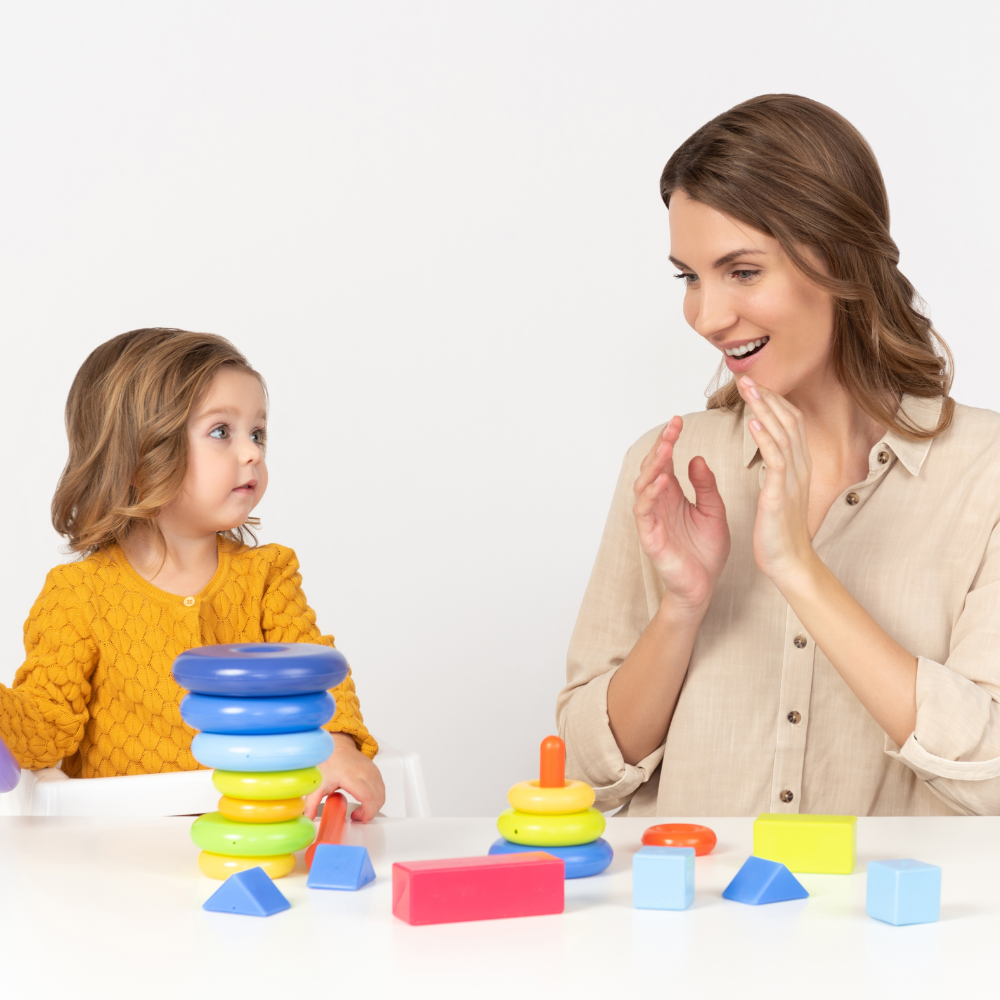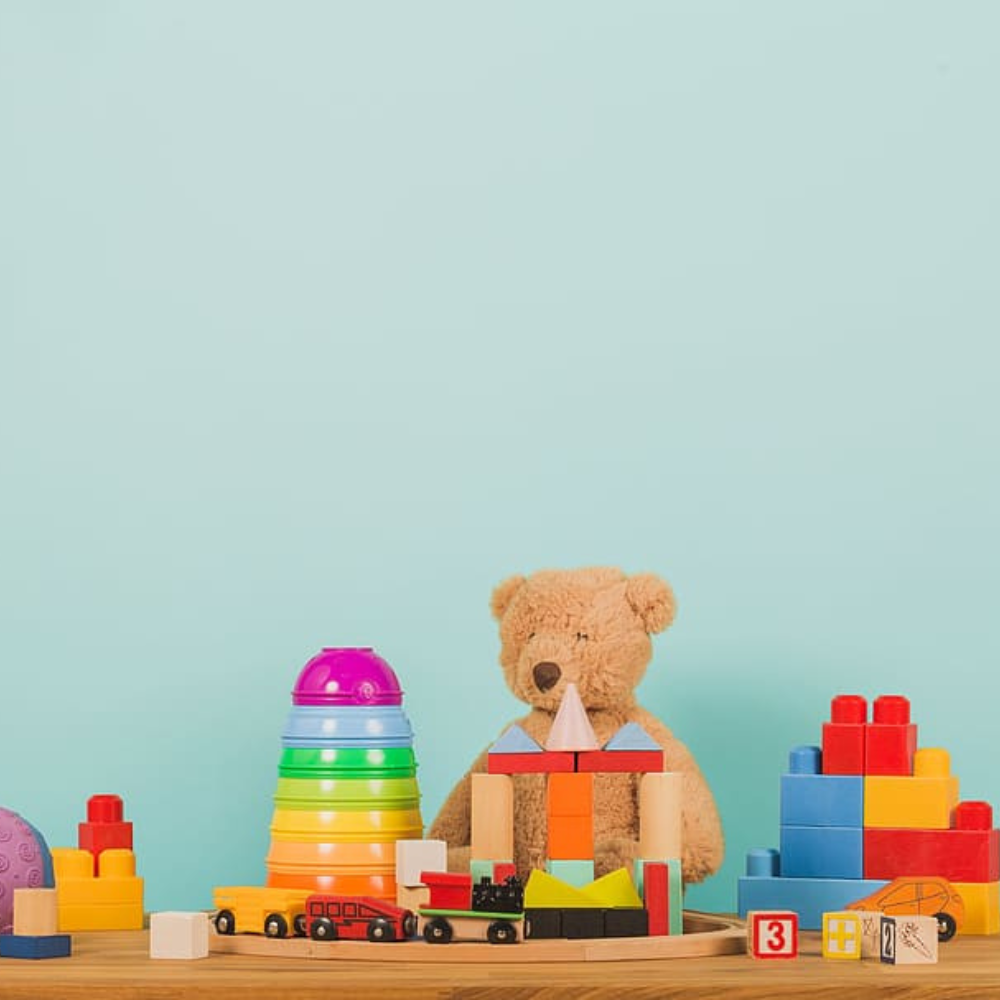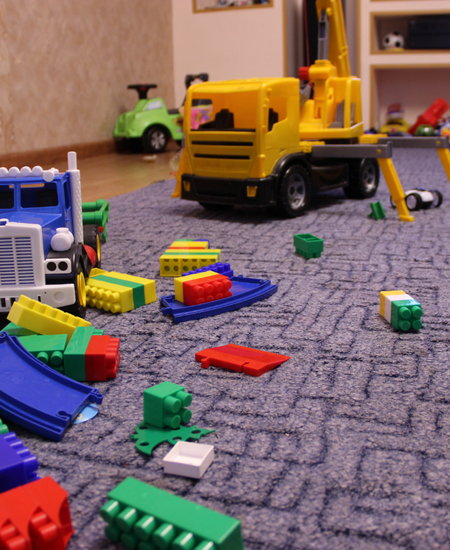Toys are a source of joy and entertainment for children around the world. From stuffed animals to action figures, there is a wide range of toys available in the market. But have you ever wondered how these toys are made? The process of making toys involves several steps that require precision and creativity.
In this article, we will delve into the manufacturing process of toys and gain an understanding of the different materials used, design considerations, and safety standards followed by toy manufacturers.
We will also explore the impact of technology on the toy industry and how it has revolutionized the production process. So, let's dive into the fascinating world of toy-making!
Why Are Toys Important?

Toys play a crucial role in a child's development. They not only provide entertainment but also aid in developing various skills, such as motor skills, cognitive skills, and social-emotional skills.
Playing with toys allows children to explore their creativity and imagination, which is essential for their mental and emotional well-being. It also helps them learn about cause and effect, problem-solving, and decision-making.
Moreover, toys are often used as tools for education. Educational toys can enhance a child's learning experience by making it fun and engaging. They can also help children develop an interest in specific subjects or topics.
Apart from the developmental benefits, toys also serve as companions for children, providing them with comfort and a sense of security. They can also be used to bond with peers and family members through cooperative play.
A Complete Guide to Toy Manufacturing

The process of making toys involves several stages, starting from the initial design to the final product. Let's take a closer look at each step.
Design and Concept Development
The design and concept development phase is critical in the toy manufacturing process, as it lays the foundation for the entire project. This stage begins with brainstorming ideas that resonate with children and align with current trends and interests.
Designers often create sketches and digital prototypes to visualize the toy's appearance and functionality. Feedback from potential users and stakeholders is gathered to refine the concept further.
During this phase, considerations such as age appropriateness, safety features, and educational value come into play. Factors like materials and production techniques are also evaluated to ensure feasibility in later stages.
Ultimately, the goal is to craft a toy that is not only visually appealing but also engaging and safe for children. Once a final design is approved, it serves as a blueprint for the subsequent steps in the manufacturing process, marking the transition from concept to reality.
Material Selection
The choice of materials used in making toys depends on several factors, including the toy's purpose, cost, and safety standards. Commonly used materials include plastic, wood, fabric, and metal.
Plastic is a popular choice due to its versatility and affordability. It is also easy to mold into different shapes and sizes, making it suitable for mass production. Wood is often preferred for its durability and eco-friendliness.
Fabric is commonly used for soft toys as it provides a cuddly texture and can be easily cleaned. Metal may be incorporated into certain parts of toys to add strength or create sound effects.
Toy manufacturers must ensure that all materials used meet safety regulations. This includes testing for potential hazards such as sharp edges, small parts that could pose a choking hazard and toxic substances.
Mold Making
Mold-making is a crucial step in the production process, especially for toys made from plastic or other materials that require shaping. The design is first converted into a 3D model, which is then used to create a mold.
The mold can be made using various techniques, such as injection molding, rotational molding, and blow molding. Once the mold is ready, the chosen material is poured into it and allowed to cool and solidify.
This process needs precision and accuracy to ensure that each toy comes out identical to the original design. Any imperfections in the mold can result in faulty products.
Assembly and Packaging
After the parts of the toy are made, they are assembled together to create the final product. This can be done manually or using specialized machines, depending on the complexity of the toy.
During assembly, safety measures such as securing small parts and avoiding sharp edges are taken into consideration. Once the toys are completed, they undergo a final quality check before being packaged for distribution.
Packaging serves multiple purposes, including protecting the toy during transportation and marketing it to potential buyers. Eye-catching packaging designs and informative labels can attract customers and provide them with necessary information about the product.
Quality Control
Quality control is an essential aspect of toy manufacturing to ensure that all products meet safety standards and perform as intended. Quality checks are carried out at each stage of the manufacturing process, starting from raw materials to the final product.
Factors such as durability, functionality, and safety are assessed using various methods like stress testing, drop tests, and choke hazard checks. Any defects found during quality control are addressed before the toys are distributed to consumers.
Distribution and Marketing
Once a toy passes all quality control measures, it is ready for distribution. This involves transporting the products to retailers or directly to consumers through online sales.
Effective marketing strategies play a crucial role in promoting and selling toys. Advertisements on different platforms like television, social media, and print media can create awareness and generate interest in the product.
Toy manufacturers may also collaborate with popular brands or characters to increase the toy's appeal and attract a wider audience. Word-of-mouth recommendations and positive reviews from satisfied customers can also contribute to the success of a toy.
So these are the key steps involved in toy manufacturing. Each stage requires careful planning, attention to detail, and adherence to safety standards to create high-quality toys that bring joy to children all over the world.
The Impact of Technology on Toy Manufacturing

Technology has had a significant impact on the toy manufacturing industry. It has not only improved production processes but also expanded the range of possibilities for toy design and development.
With computer-aided design (CAD) software, designers can create more intricate and precise designs. This has also made it easier to create digital prototypes, which can be tested and refined before physically producing the toy.
The use of robotics and automation in manufacturing has increased efficiency and reduced production time. This has allowed for faster turnarounds and lower production costs, making toys more accessible to consumers.
Advancements in 3D printing have revolutionized mold making, allowing for high-quality molds to be created quickly and efficiently. This technology also enables customization, allowing for personalized toys that can cater to specific preferences or needs.
Technology has also impacted the distribution of toys through e-commerce platforms. This has opened up new opportunities for smaller toy manufacturers to reach a wider audience without the need for traditional retail channels.
How To Choose The Right Age-Appropriate Toys

When it comes to buying toys for children, it is essential to choose age-appropriate ones. This not only ensures the child's safety but also promotes their development and enjoyment. Here are some tips for choosing the right age-appropriate toys:
0-3 months
During the first three months of life, infants are primarily developing their sensory and motor skills. Age-appropriate toys should be designed to stimulate these senses while ensuring safety. Soft, textured toys that are easy to grasp can help babies explore their tactile senses.
Brightly colored items and toys that produce gentle sounds can engage their visual and auditory senses. Rattles, fabric books with varied textures, and soft plush toys are excellent options for this age group.
It is crucial that toys are free from small parts that could pose a choking hazard and are made from non-toxic materials. This careful selection of toys can significantly contribute to a baby’s early development and sensory stimulation.
3-6 months
At this stage, babies are increasingly becoming aware of their surroundings and developing their motor skills. Toys for infants aged 3 to 6 months should encourage exploration and interaction. Toys with different textures, such as soft fabric books or plush toys with varying materials, can stimulate tactile senses.
Additionally, toys that feature mirrors can promote self-recognition, while bright colors capture their attention. Activity mats or play gyms with hanging toys allow infants to practice reaching and grasping, fostering hand-eye coordination.
6-12 months
At this stage, infants are becoming more mobile and developing their problem-solving skills. Toys should promote movement and encourage exploration. Push or pull toys that can support a child's first steps are excellent choices for this age group.
Stacking or sorting toys can help develop problem-solving skills, while shape sorters can improve hand-eye coordination. Sensory balls or textured blocks can also provide tactile stimulation and promote fine motor skills.
Toys with cause-and-effect features, such as buttons that produce sounds or pop-up surprises, can enhance cognitive development and stimulate curiosity. It is important to continue choosing age-appropriate toys that are safe for the child to play with independently.
1-2 years
Toddlers are increasingly becoming more independent and developing their social skills. Toys at this stage should encourage imaginative play and support language development. Pretend play toys, such as toy kitchen sets or tool kits, can enhance creativity and language skills.
Toys that promote physical activity, such as ride-on toys or small trampolines, can help toddlers improve their gross motor skills. Building blocks or puzzles with varying levels of difficulty can also enhance problem-solving abilities.
Books with simple stories and colorful illustrations can spark a child's imagination and improve vocabulary. Musical instruments or simple games like matching cards can also aid in the development of fine motor skills and memory. As always, safety should remain a top priority when selecting toys for this age group.
So, these are some tips for choosing age-appropriate toys that can support a child's development and provide hours of fun. Remember to always consider the child's age, interests, and safety when picking out toys. As technology continues to advance, it will be interesting to see how it will continue to impact the toy manufacturing industry and shape the future of playtime for children.
FAQs
How do toy companies manufacture plastic toys?
Toy companies typically manufacture plastic toys using an injection molding process. This involves melting plastic pellets and injecting them into a mold using an injection molding machine. Once cooled, the plastic forms the shape of the toy, which can then be assembled and painted as necessary in the toy factory.
What is the role of an injection molding machine in toy production?
An injection molding machine plays a crucial role in toy production, especially for plastic toys. It works by melting plastic pellets and injecting them under high pressure into molds. This process is efficient for mass-producing identical toys with precise dimensions and details.
How do wholesale toy manufacturers ensure the quality of the toys produced?
Toy manufacturers ensure quality through rigorous testing and quality control processes in the toy factory. From the initial design to the final product, each toy is tested to meet safety and durability standards. This includes checking for any defects after the injection molding process.
What steps are involved in the injection molding process for toys?
The injection molding process for toys involves several key steps: designing the mold, choosing suitable plastic materials, melting the plastic, injecting it under high pressure, cooling to solidify the shape, and finally releasing the finished part from the mold.
How do toy factories distribute their products to toy stores?
Toy factories distribute their products to toy stores through wholesale toy manufacturers and distributors. These entities buy large quantities of toys from the factories and distribute them to retail stores based on demand.
Are there alternatives to injection molding for producing toys?
Yes, there are alternatives to injection molding for producing toys. Other methods include blow molding, rotational molding, and thermoforming. Each method has its advantages and is chosen based on the type of toy, material, and desired finish. However, injection molding remains the most popular due to its efficiency and cost-effectiveness in producing plastic toys.
Conclusion
In conclusion, toy manufacturing is a complex process that requires careful consideration and adherence to safety standards at every stage. From choosing materials to distribution and marketing, each step plays a vital role in creating high-quality toys that bring joy to children.
Also, technological advancements have brought about significant changes in the toy industry, allowing for faster and more efficient production methods and opening up new opportunities for smaller manufacturers.
When choosing age-appropriate toys for children, remember to consider their developmental stage and interests while ensuring safety at all times. With the right toys, children can learn and grow through play while having fun.
So go ahead and pick out the perfect toy for your child and watch them light up with joy!
Subscribe to our email newsletter and unlock access to members-only content and exclusive updates.

Comments